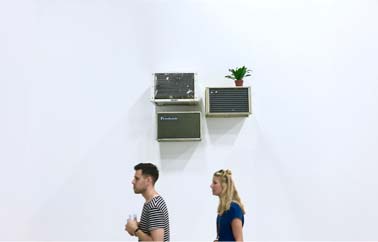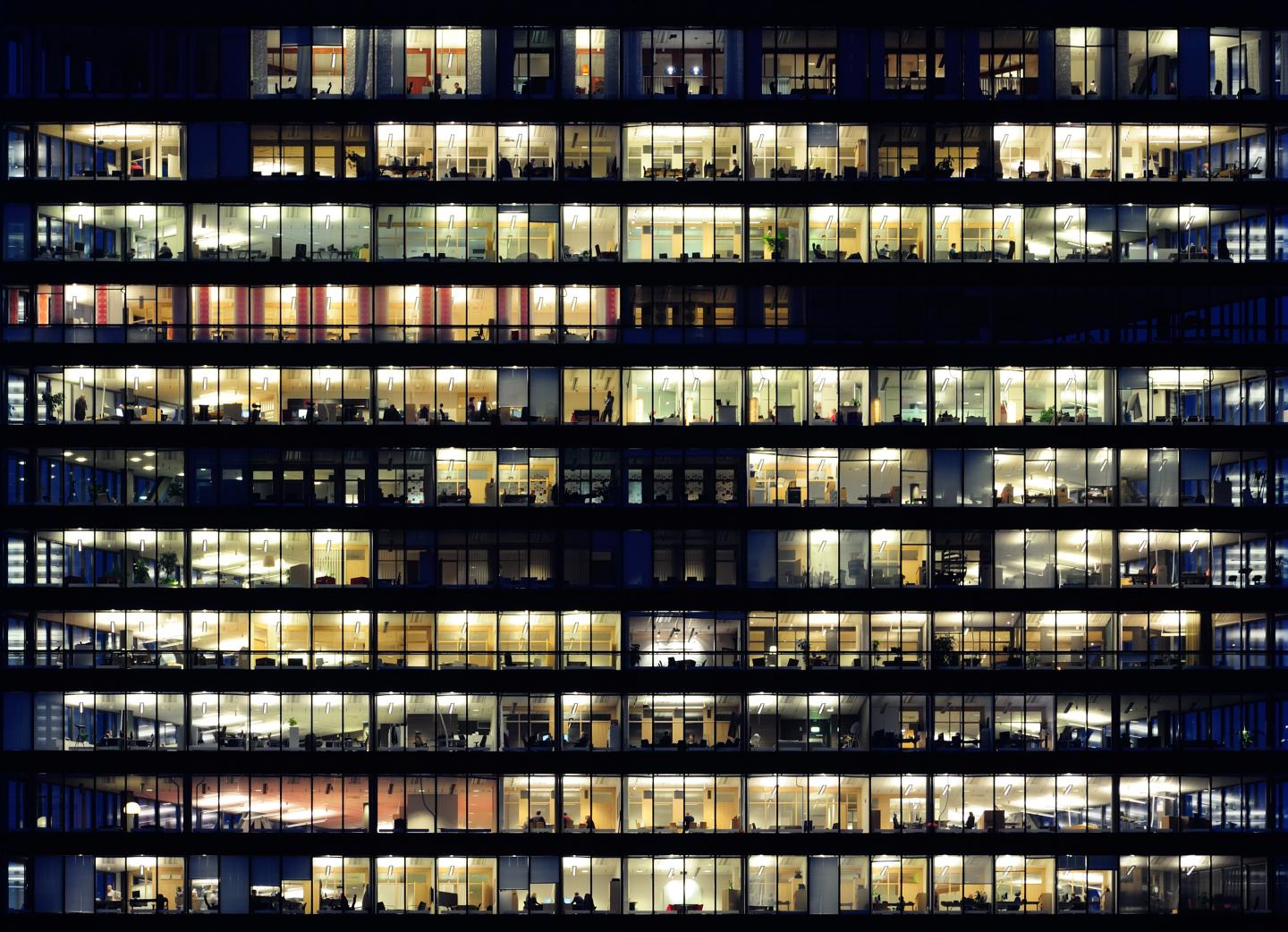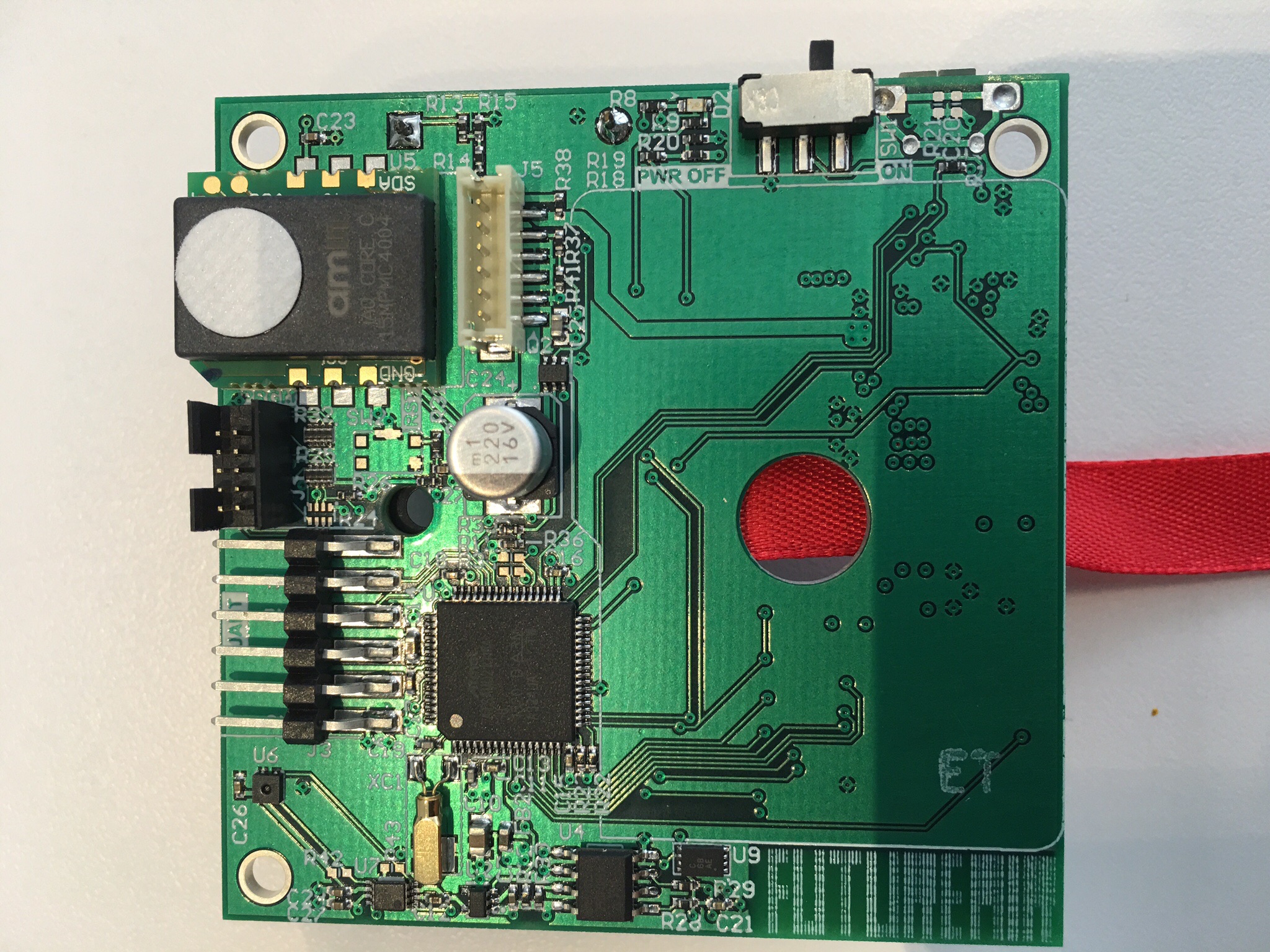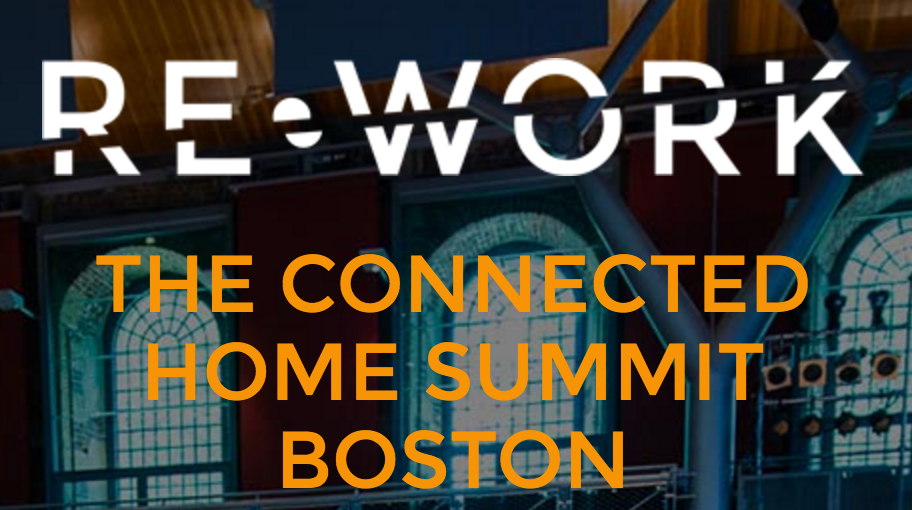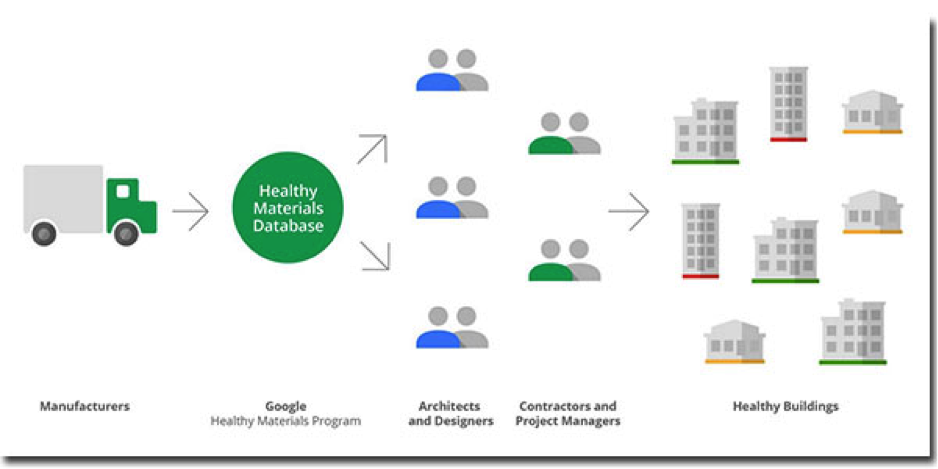Earlier this month, FutureAir teamed up with CASE, Rensselaer Polytechnic Institute’s Center for Architecture, Science and Ecology, to pilot FutureAir’s sensing platform in Accra, Ghana!
CASE has conducted extensive work and research on the Built Environment, evaluating “multiple environmental conditions alongside human health indicators in order to establish relationships between environmental factors.” CASE’s deep understanding of air quality and thermal comfort makes them an extremely valuable partner in our technology research and development.
CASE traveled to Accra, Ghana to do research in advance of a design/build for the Chale Wote Festival in August. Their project is deeply concerned with air quality, posing the question of how a building’s form, materials and systems all contribute to better, healthier air for its occupants. We provided them with three FutureAir sensors (code-named CASE #1 to #3) and a live link to our dashboard to collect data on indoor and outdoor air quality. This simultaneously helped us test our sensors while providing them with baseline readings for their project.
Here are some highlights, in their own words, from the trip:
May 12: CASE #1 is connected to the hostel’s wifi and running well next to the window. It just rained here and the air is relatively cool and clean. We expect a spike tomorrow morning with sun and traffic. Exciting to see.
May 14: CASE #2 is now live and mobile! We’ve made the second sensor work with a cell phone and battery. We don’t expect data quantity to be a problem relative to the limits of our Ghanaian data plans. We’ve termed CASE#2 “Operation Shark Fin” as it will be attached to a backpack sticking out like a fin to catch cross ventilation.
In addition, we dropped pins on a map at points of significant change of air conditions. This will help us correlate the data to location.As expected, battery life was the determining factor limiting the time of study. We got about 4 hours of data on CASE #2.
We shopped in an intensely crowded market, walked on a busy road, visited an informal fishing village and took measurements at our site just above the village.
Everyone we met was very interested in the sensor and the story it might tell.
May 15-16: We tried to take the sensors out to a relatively remote area (Cape Coast). While battery life was our challenge when we tried to walk around with the sensor in the city, now the challenge in a remote location was network availability – there was none where we were.
May 17-18: We returned and brought two sensors (# 2 and #3) back to our site in Jamestown, Accra to get more data and see if the data from two sensors had matching data while in the same place.
________________
We, at FutureAir, are excited about the partnership and look forward to analyzing the data collected from the trip to further advance our product research and development.
To read more about CASE’s innovative research, see: http://www.case.rpi.edu/page/research.php



